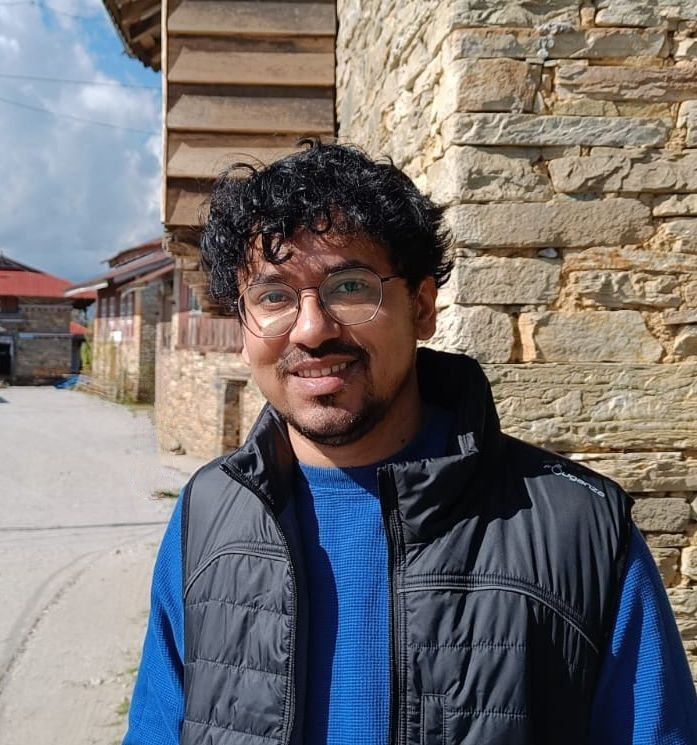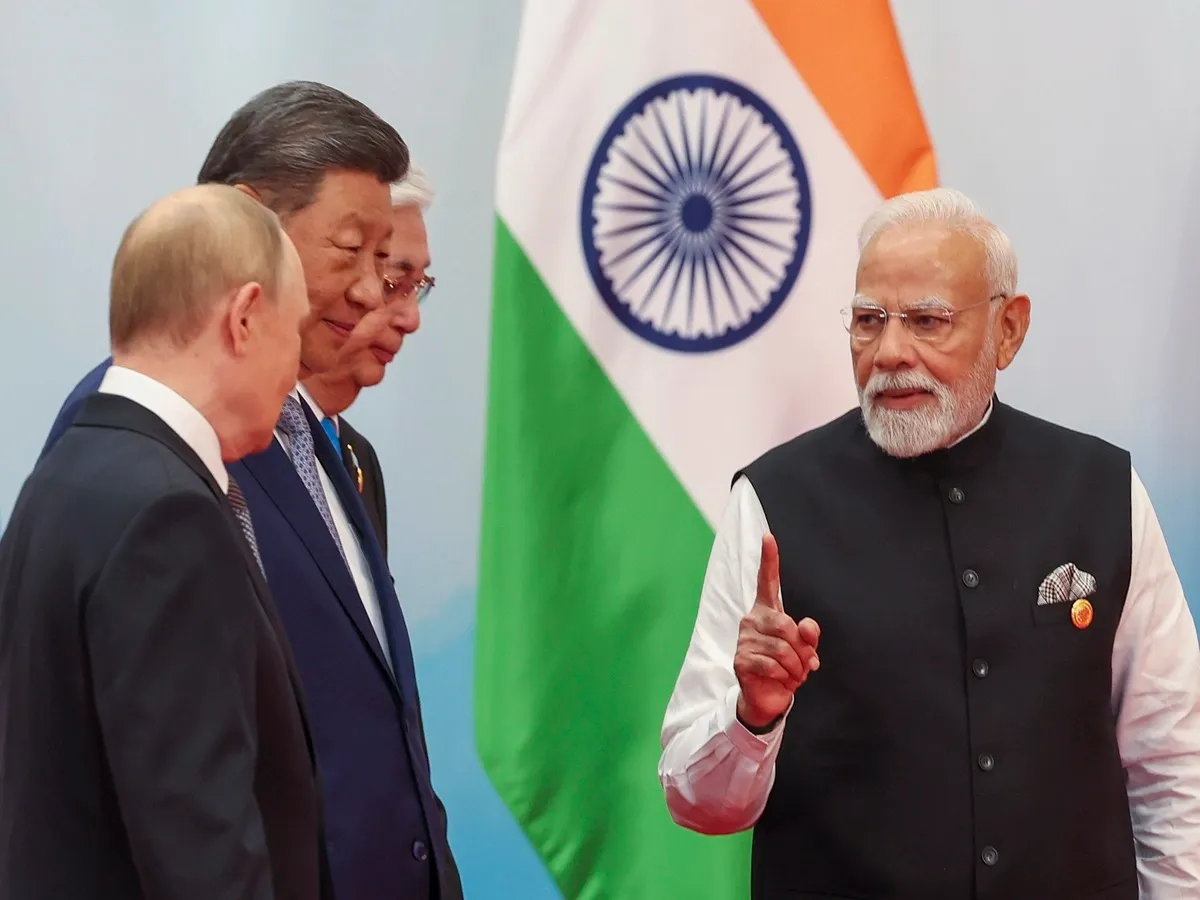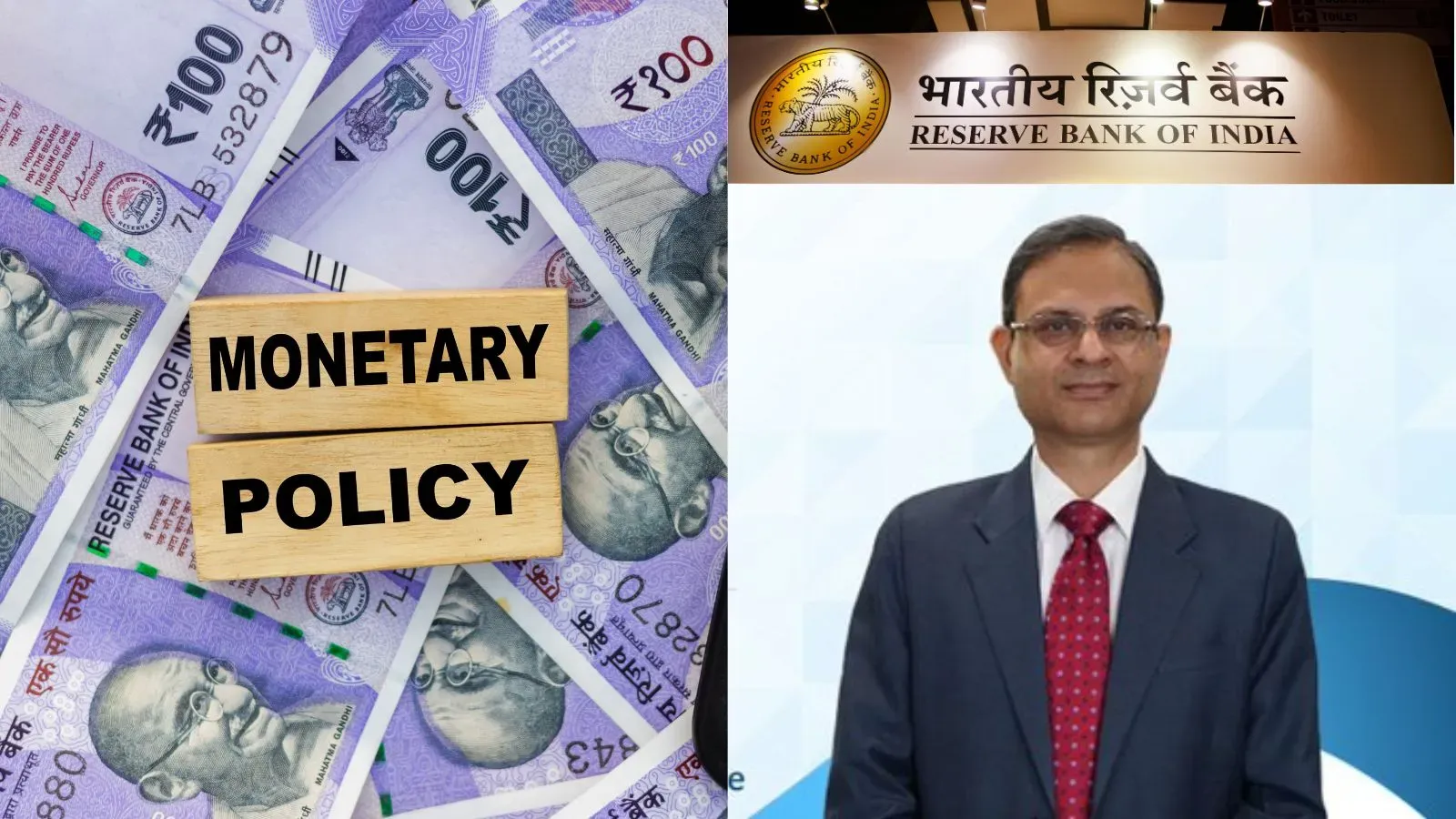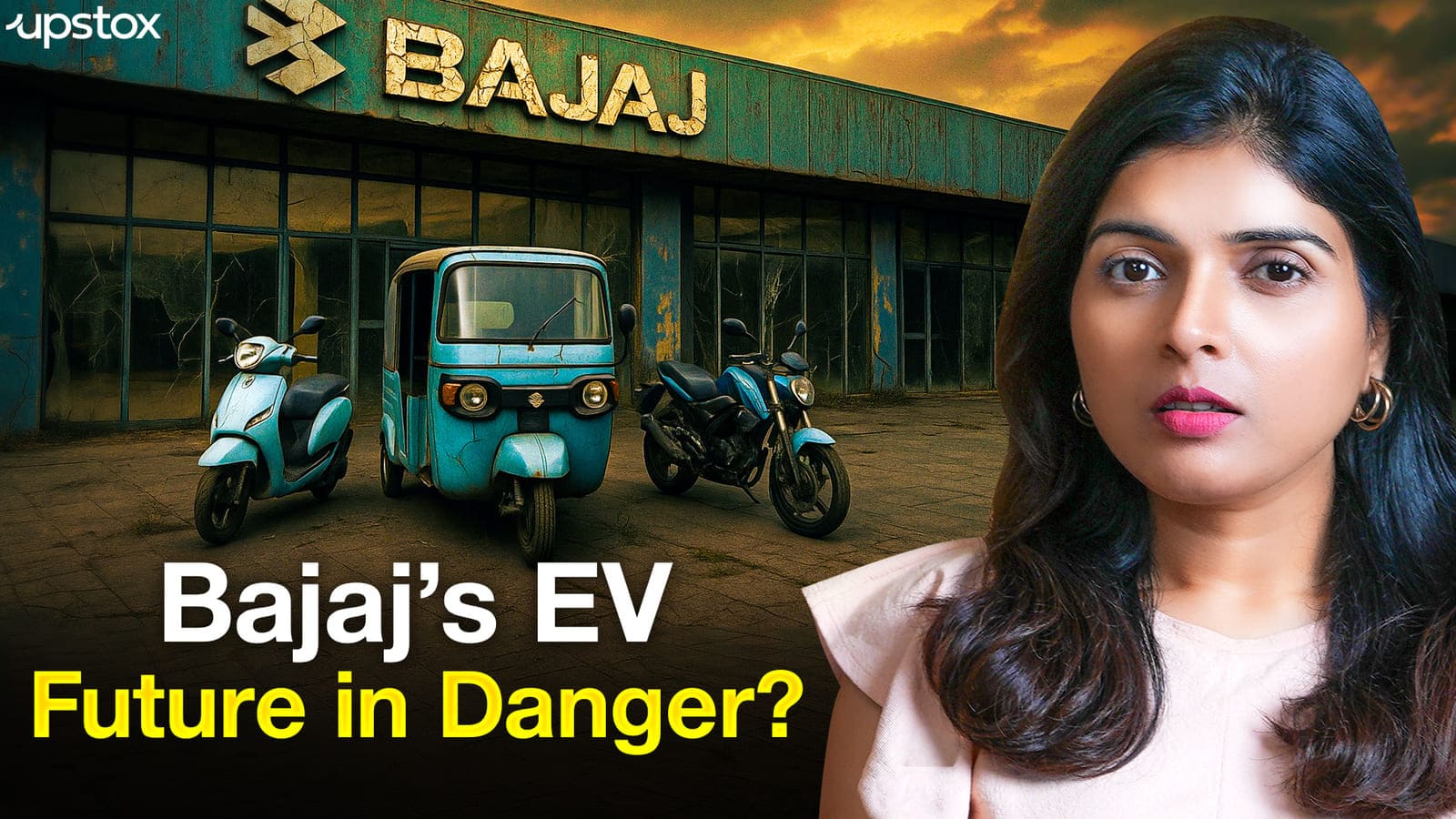Business News
Facing Trump’s tariff test, PM Modi balances China, Russia to showcase India's strategic autonomy

5 min read | Updated on September 01, 2025, 19:05 IST
SUMMARY
Prime Minister Narendra Modi concluded a landmark visit to China for the Shanghai Cooperation Organisation Summit, signalling a thaw in India-China relations at a time when New Delhi faces steep US tariffs over Russian oil imports.

Prime Minister Narendra Modi with Russian President Vladimir Putin and Chinese President Xi Jinping at the 25th SCO Heads of State Council Summit, in Tianjin, China. (PMO via PTI Photo)
Prime Minister Narendra Modi on Monday wrapped up a high-stakes visit to China, his first in seven years, to attend the Shanghai Cooperation Organisation (SCO) Summit.
He also held bilateral talks with world leaders, including Chinese President Xi Jinping and Russia's Vladimir Putin, signalling a recalibration of India’s global alignments as New Delhi faces tariff challenge from Washington and seeks to ease years of icy ties with Beijing.
While Modi, Putin and Xi have been in the same room multiple times, the high-profile gathering in the port city of Tianjin was being closely watched by the West, particularly the United States, which has targeted India with tariffs for its continued purchase of Russian oil.
The optics and substance of the bilateral talks underscored India’s determination to resist pressure from the United States while reviving dialogue with its not-so-friendly neighbour.
“Concluding a productive visit to China, where I attended the SCO Summit and interacted with various world leaders. Also emphasised India’s stand on key global issues,” Modi posted on X before departing.
Standing tall against Washington
The visit came just days after US President Donald Trump slapped sweeping 50% tariffs on Indian goods, accusing New Delhi of funding Russia’s war effort in Ukraine through steeply discounted oil imports.
White House adviser Peter Navarro even dubbed the conflict “Modi’s war”, insisting that penalties would continue unless India halted its crude purchases, which surged to 1.6 million barrels per day in July.
But India, long proud of its strategic autonomy, has shown little inclination to bow.
“India and China both pursue strategic autonomy, and their relations should not be seen through a third country lens,” Modi said on Sunday in remarks widely seen as a rebuke to Washington.
Chinese Ambassador to India Xu Feihong recently said that Beijing opposes Washington's steep tariffs and will "firmly stand with India.”
A thaw across the Himalayas
“We must … not let the border issue define the overall China-India relationship,” Xi said, according to China’s official Xinhua news agency.
China-India ties could be "stable and far-reaching" if both sides focus on viewing each other as partners instead of rivals, Xi added.
Modi told Xi that India was committed to improving ties with China and discussed reducing the burgeoning bilateral trade deficit of nearly $99.2 billion.
The prime minister stressed that peace along the 3,800-kilometre border was essential for ties to move forward. The leaders took note of last year’s disengagement and pledged to work toward a “fair, reasonable and mutually acceptable” resolution of the boundary dispute, a source of decades of friction and a deadly clash in 2020.
Direct flights between both nations, which have been suspended since 2020, are being resumed, Modi said, without providing a timeframe.
Foreign Secretary Vikram Misri later told reporters that the border situation had “moved towards normalisation” since a patrolling agreement last October.
China had agreed to lift export curbs on rare earths, fertilisers and tunnel boring machines last month during a key visit to India by China's Foreign Minister Wang Yi.
Wang’s visit coincided with US President Donald Trump’s decision to impose 50% tariffs on India over its purchase of Russian oil, but New Delhi’s process of rebuilding ties with Beijing had been in the works for months.
Courting Moscow – publicly and privately
If Modi’s optics with Xi were seen as deliberate, his encounter with Putin was more intimate. After a day of summitry, Putin invited Modi into his state-built Aurus limousine. The two leaders rode together to the venue and held, for nearly an hour, what Russian commentators described as their “most important confidential conversation.”
“Conversations with him are always insightful,” Modi later posted on social media alongside a photo from the car.
The tête-à-tête was followed by a formal bilateral discussion where Modi conveyed to Putin that ending the Ukraine conflict as soon as possible is humanity's call.
The two leaders also deliberated on bilateral cooperation in sectors such as economic, financial, and energy and expressed satisfaction with the sustained growth in ties in these areas.
Putin is set to travel to India in December for summit talks with Modi.
The SCO stage
For China, this year’s SCO summit was an opportunity to showcase its clout. Tianjin hosted more than 20 foreign leaders and 10 heads of international organisations, including UN Secretary-General António Guterres.
The bloc, founded in 2001 as a security grouping, has since expanded into a political and economic platform with 10 full members, including India, Pakistan, Iran and Belarus. Collectively, the SCO represents half the world’s population and a quarter of its economy.
The final declaration condemned the April terrorist attack in Jammu and Kashmir’s Pahalgam, denounced Israel’s strikes in Gaza, and reiterated that “double standards” in counterterrorism were unacceptable, language closely in line with New Delhi’s positions.
Balancing act
For India, the summit was a stage to demonstrate that while relations with the US remain important, they are not exclusive.
Washington has long counted on India as a regional counterweight to Beijing. But Trump’s tariffs threaten to unravel years of strategic convergence, pushing New Delhi to hedge its bets.
By signing up you agree to Upstox’s Terms & Conditions
About The Author
Next Story

